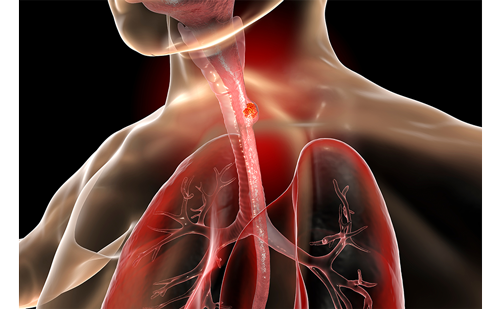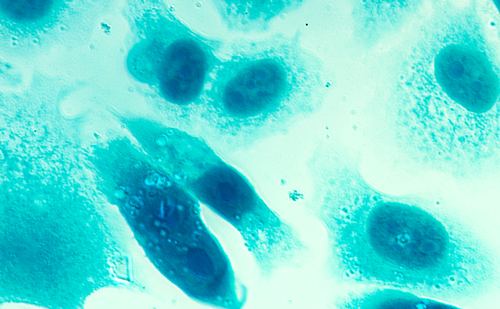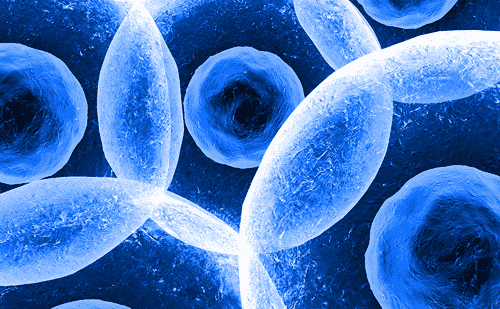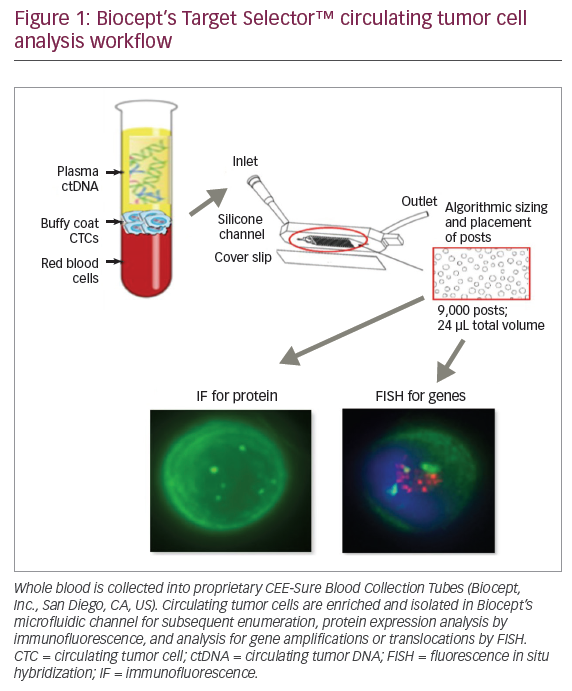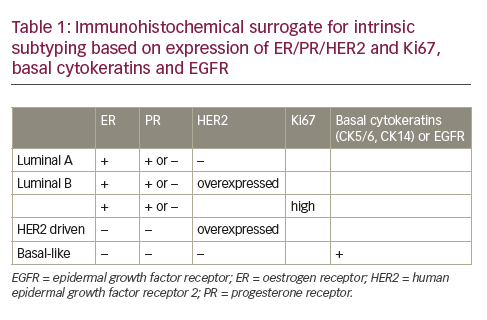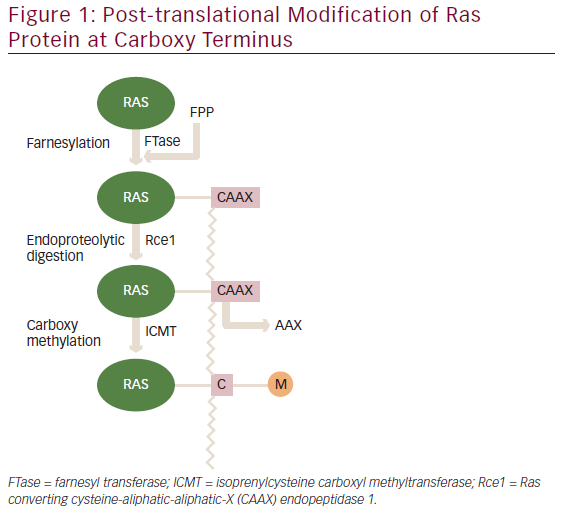General Principles
General Principles
The introduction of dermoscopy into the clinical practice of dermatology has disclosed a new and fascinating morphological dimension of pigmented skin lesions (PSL). Dermoscopy is a non-invasive diagnostic technique that permits the visualisation of morphological features that are not visible to the naked eye, thus forming a link between macroscopic clinical dermatology and microscopic dermatopathology. This ‘submacroscopic’ observation of PSL enriches the available clinical diagnostic tools by providing new morphological criteria for the differentiation of melanoma from other melanocytic and nonmelanocytic PSL.1
In the last two decades a rising incidence of melanoma has been observed. Owing to a lack of adequate therapies for metastatic melanoma, the best treatment is currently early diagnosis and prompt surgical excision of the primary tumour. In the 1960s and 1970s the clinical diagnosis of melanoma was based on symptoms – namely, bleeding, itching and ulceration – and the presence of all of the symptoms was associated with poor prognosis at the time of diagnosis. In the 1980s the ‘ABCD’ rule was introduced,2 which is based on simple clinical morphological features of melanoma (asymmetry, border irregularity, colour variegation and diameter more than 5mm). Since then, the ABCD rule has been used worldwide, allowing early detection of a high number of melanomas. Further improvement might be achieved by adding to the ABCD rule a fifth criterion, E for evolution, concerning morphological changes of the lesion over time.3
There are two major problems with the current practice of clinical diagnosis of melanoma. First, clinical diagnosis based on the ABCD rule reaches only 65–80% sensitivity,4 because the clinical ABCD rule does not recognise that small melanomas (less than 5mm) may occur. In addition, thick melanomas may have regular shape and homogeneous colour;5 such lesions would falsely be assessed as benign. Second, numerous unnecessary excisions may be performed, since a number of benign melanocytic nevi may mimic melanoma from a clinical point of view. Dermoscopy can assist in overcoming these problems.
Dermoscopy is a non-invasive diagnostic technique for the in vivo observation of PSL, allowing a better visualisation of surface and subsurface structures. This low-power microscopy of accessible surface lesions permits the recognition of morphological structures not visible to the naked eye.6,7 Dermoscopy involves covering the skin lesion with mineral oil, alcohol or even water and then inspecting the lesion using a hand-held lens, a hand-held scope (also called a dermatoscope), a stereomicroscope, a camera or a digital imaging system. Magnifications of these various instruments range from six-fold to 40-fold and even up to 100-fold. The most widely used dermatoscope has a 10-fold magnification, sufficient for routine assessment of PSL. The fluid placed on the lesion eliminates surface reflection and renders the cornified layer translucent, thus allowing a better visualisation of pigmented structures within the epidermis, the dermo–epidermal junction and the superficial dermis. Moreover, the size and shape of vessels of the superficial vascular plexus can be easily visualised using this procedure. More recently, new hand-held devices have been introduced using polarised light, which renders the epidermis translucent. Thus, the use of a liquid medium is not required to visualise subsurface structures.
Diagnostic Algorithms in Dermoscopy
Dermoscopy has expanded from being an experimental method used in only a small number of highly specialised centres to forming part of the normal practice for screening PSL in many outpatient clinics, particularly in several European countries, such as Austria, Germany, Italy and Spain. Recent attempts to simplify the dermoscopic approach for diagnosing PSL have resulted in wider acceptance of the technique. However, before dermoscopy can become even more widely used in routine practice, it must become easier to perform and more reliable. This can occur only by means of standardisation and simplification of the diagnostic criteria, including the development of a more objective method of quantifying their specific diagnostic weight.
The recent history of dermoscopy began in 1987 when Pehamberger et al. first published a new diagnostic approach dedicated to the dermoscopic diagnosis of PSL known as ‘pattern analysis’.8 Pattern analysis is the most well-known and reliable method for the dermoscopic diagnosis of PSL, but its practical application requires a certain level of experience. The intrinsic complexity of this diagnostic approach is due to the simultaneous and subjective evaluation of numerous criteria and morphological patterns. Another reason for the complexity is the great variability of the morphological expressions of each parameter.
Incomplete or insufficient definition of the criteria results in only modest reproducibility in some of the dermoscopic variables, and studies have shown that the reproducibility of a criterion is greater in its quantitative evaluation (presence or absence of a given parameter) than in its qualitative evaluation (regularity, distribution, size, shape, etc.).9 Based on a critical, simultaneous assessment of individual dermoscopic features, pattern analysis improves the rate of correct diagnosis of PSL by 10–30%. Nevertheless, because of problems inherent in the reliability and reproducibility of the diagnostic criteria used in pattern analysis, a number of additional diagnostic methods based on scored algorithms have been introduced in the last few years with the aim of increasing sensitivity in detecting melanoma. For all of these methods, first a given pigmented lesion must be classified as melanocytic or non-melanocytic.
Only when the diagnosis of a non-melanocytic lesion is ruled out and a melanocytic lesion is diagnosed can these methods be applied. The first attempt at simplifying the dermoscopic diagnosis of melanocytic skin lesions was a modification of the previously mentioned ABCD rule used for clinical diagnosis, known as the ABCD rule of dermoscopy (asymmetry, borders, colours and dermoscopic structures), which was introduced by Stolz et al. in 1994.10 This semi-quantitative diagnostic method adopts a scoring system that permits a more objective diagnosis of melanoma through the evaluation of just four dermoscopic criteria. Nachbar et al. demonstrated the reproducibility of the method in a prospective study showing a specificity of 90% and a sensitivity of 93% in the diagnosis of melanoma.11 A recent evaluation study on the ABCD rule of dermoscopy confirmed the usefulness of this method, particularly in improving the diagnostic accuracy of less experienced observers.12 Other studies, however, have shown that the ABCD method results in lower sensitivity and less specificity than pattern analysis in diagnosing melanoma.13
In 1996 Menzies et al. proposed another alternative diagnostic method.14 The Menzies method is an algorithm based on the recognition of two negative dermoscopic features (not favouring melanoma diagnosis) and nine positive features (favouring melanoma diagnosis). When used by experts, the Menzies method gave a sensitivity of 92% and a specificity of 71%. In a study based on the evaluation of clinical and dermoscopic pictures performed after a brief dermoscopy training session on the Menzies method, a group of 74 primary care physicians (PCPs) improved sensitivity without a decrease in specificity for the diagnosis of melanoma compared with a control group.15
The ‘7-point checklist’ is an alternative diagnostic approach based on a simplified pattern analysis, using seven standard criteria, most of which were reported in the guidelines of the terminology consensus on dermoscopy of 1990.16 The seven criteria are categorised according to their different diagnostic weight into major and minor criteria, the diagnosis of melanoma being suspected when at least two criteria (one major and one minor criterion) are recognised. In expert hands this method allows correct classification of 95% of melanomas (sensitivity) and 75% of clinically atypical melanocytic nevi (specificity).17
In a re-evaluation of dermoscopic algorithms,18 the 7-point checklist was found to allow the best sensitivity in the hands of non-experts. Sixteen colleagues not yet familiar with dermoscopy were asked to evaluate dermoscopic images of 20 PSL using different diagnostic methods (pattern analysis, ABCD rule, Menzies method and 7-point checklist) before and after an Internet-based training course on dermoscopy. The results showed a considerable improvement in the dermoscopic diagnosis of melanoma after the web-based training versus before. Remarkably, sensitivity significantly improved for pattern analysis, ABCD rule and Menzies method, but not for the 7-point checklist, which already allowed high sensitivity before the training course. In this study, using the 7-point checklist 16 nonexperts in dermoscopy had 100% sensitivity and 70% specificity after a short Internet-based training session, with a good kappa value of inter-observer agreement.
Consensus Net Meeting on Dermoscopy 2000
In order to investigate reproducibility and validity of the various features and diagnostic algorithms a virtual ‘Consensus Net Meeting on Dermoscopy’ was organised in 2000.19 Dermoscopic images of 108 lesions were evaluated via the Internet by 40 experienced dermoscopists using a two-step diagnostic procedure. Differentiating melanocytic from non-melanocytic lesions was the focus of the first-step algorithm. The second step in the two-step procedure focused on differentiating melanoma from benign melanocytic lesions using four different diagnostic algorithms:
• modified pattern analysis;
• ABCD rule of dermoscopy;
• Menzies method; and
• 7-point checklist.
The results of this Internet trial showed fair to good inter-observer agreement for all diagnostic methods, but poor inter-observer agreement for the majority of dermoscopic criteria. Intra-observer agreement was good to excellent for all algorithms and features considered. These results might be explained by the fact that the perception of the overall dermoscopic ‘gestalt’ (impression) of a given lesion is rather unique and clearly related to the dermoscopic diagnosis independently of whether there is agreement on individual criteria. Comparable findings have also been reported in other fields of medicine, particularly in histopathology, which is a diagnostic tool based on subjective assessment of morphological features.20
In the Internet trial the 40 colleagues were able to correctly classify more than 95% of melanocytic lesions and more than 90% of nonmelanocytic lesions, with pattern analysis producing the best diagnostic performance (sensitivity 83.7%; specificity 83.4%; positive likelihood ratio 5.1). Remarkably, the alternative algorithms (ABCD rule, Menzies method and 7-point checklist) revealed similar sensitivity compared with pattern analysis but about 10% less specificity and lower positive likelihood ratios. The favourable results of pattern analysis were not unexpected, because this method probably reflects best the way in which the human brain works when categorising morphological images – namely, by the subjective perception of the ‘gestalt’ of a given lesion and integration of this perception to an internalised knowledge base, which is the result of expertise on the subject. In contrast, ‘simplified’ algorithms were designed to allow non-experts not to miss detection of melanomas, even at the cost of decreased specificity.
Screening and Dermoscopy
Despite the development of the previously mentioned diagnostic algorithms, two systematic reviews have been proving that dermoscopy is more accurate than naked-eye examination only when used by experienced observers for the differentiation of clinically equivocal lesions.21,22 This is the reason why the use of dermoscopy has been restricted to well-trained clinicians as a second-level procedure for selected lesions that were originally considered suspicious by naked-eye examination. Under these circumstances, dermoscopy has been shown to decrease the number of unnecessary excisions of benign lesions.23,24
In order to improve the spread of dermoscopy to all physicians dealing with skin tumours, a new simplified diagnostic algorithm, called the 3-point checklist of dermoscopy, was developed. This method is based on the evaluation of only three dermoscopic criteria that have been shown to achieve good reproducibility and high sensitivity for diagnosing skin cancer in the hands of dermoscopy novices.25 The question arose of whether dermoscopy has an impact when used as a first-level screening tool for the diagnosis of non-selected skin tumours. Specifically in the context of a first-level evaluation performed by PCPs, the primary purpose of dermoscopy could simply be to determine whether a lesion needs to undergo a more detailed evaluation carried out by experienced clinicians.
A prospective, randomised, intervention study was therefore designed to determine whether the adjunct of dermoscopy to the standard clinical examination improves the accuracy of PCPs in detecting skin cancer.26 Whether the use of dermoscopy decreases the number of banal skin lesions considered suspicious in the primary care setting was verified, as well as whether the use of dermoscopy may increase the number of suspected melanoma and non-melanoma skin cancers that are correctly identified by PCPs compared with the naked-eye examination alone in their clinical routine.
The most significant result of this randomised trial was that the use of dermoscopy allowed PCPs to perform 25.1% better triage of suspicious skin tumours compared with naked-eye examination alone (p=0.002). PCPs using dermoscopy performed significantly better also in terms of negative predictive value (p=0.004), resulting in a low risk (1.9%) for patients with suspicious lesions not to be referred by PCPs for a second expert opinion. In fact, histopathological examination of equivocal lesions revealed 23 malignant skin tumours missed by PCPs performing naked-eye observation and only six of those missed by PCPs using dermoscopy (p=0.002).
Since the aim of our study was to assess the ability of PCPs to identify suspicious lesions for referral, the evaluation performed at pigmented lesion clinics was chosen as the gold standard. PCPs performing standard clinical examinations had referral sensitivity and specificity of 54.1 and 71.3%, respectively. By adding dermoscopy to the standard clinical examination, PCPs achieved significantly better referral sensitivity (from 54.1 to 79.2%). The latter result occurred without a decrease in specificity (71.8%), suggesting that better triage of possible malignant skin tumours could occur without increasing the number of unnecessary expert consultations.
Interestingly, the dermoscopy algorithm taught to PCPs in our study, namely the 3-point checklist, was originally developed for differentiation of pigmented skin tumours. However, a considerable number of nonmelanoma skin cancers, including non-pigmented lesions, were correctly identified by the PCPs using dermoscopy. Thus, it could be speculated that the increased dedication of PCPs to the patients, a sine qua non condition to perform dermoscopy, was in itself one of the main reasons for the increased detection of suspected skin malignancies.
Conclusion
In summary, the use of dermoscopy has the potential to improve the ability of PCPs to triage suspicious lesions without increasing the number of unnecessary expert consultations. The two-fold value of dermoscopy is therefore to help general physicians in first-line screening to identify high-risk lesions that require further examination by experts (increased referral sensitivity), as well as to help expert clinicians in the second-level evaluation of equivocal lesions to reduce the number of unnecessary excisions of benign lesions (increased specificity).23,24
■


